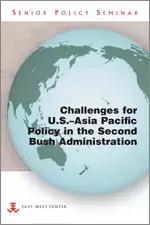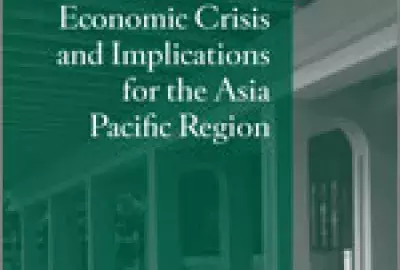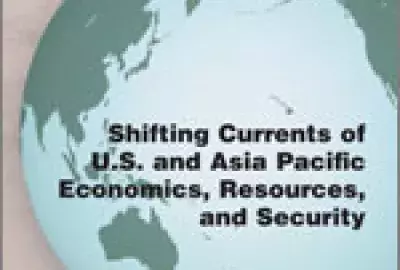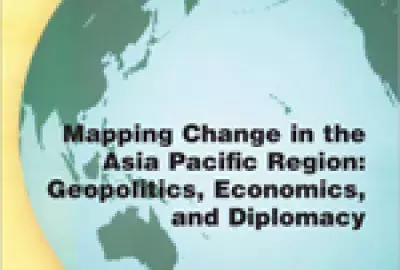Error message

Asians continue to regard the United States as the key contributor to regional peace and prosperity. However, they express concern that U.S. policy toward the region is characterized by a relative lack of attention, insufficient appreciation of underlying strategic changes, and ideological polarization. The tone as much as the substance of recent U.S. policy was blamed for low regard for the United States in Asia. Despite efforts at Asian regionalism in terms of both institutions and identity, a U.S.-led regional management system is not expected to wither any time soon. In fact, U.S. bilateral relationships are strengthening, and regional multilateral efforts face formidable obstacles. The emergence of China as an economic, political, and military power was seen as the most important factor in shaping the new strategic environment. Longstanding strategic challenges in such regions as the Taiwan Strait, the Korean peninsula, and the India-Pakistan border were seen as relatively quiescent but far from final resolutions. Despite China's rise, India's activism, and Japan's incremental normalization, the balance of power in the Asia Pacific region is still based on American preeminence. In an environment of relatively benign great-power relations, Sino-Japanese relations stand out as an important exception. This has significant implications for the United States. The management of globalization, and specifically the distribution of its benefits, remains the key economic challenge for Asian states. The economies of major Asian states are generally sound, but frictions between states over the effects of the diversion of foreign investment, oil prices, and trade and currency valuations create frictions. Despite the growth of intra-regional trade, Asia remains dependent on the world economy. Domestic changes in many Asian countries have contributed to increased interstate tensions. Asian countries are also grappling with the demands of the international community for democracy and human rights, on the one hand, and counterterrorism requirements, on the other. Transnational challenges such as human and drug trafficking, terrorism, and the proliferation of weapons of mass destruction are ongoing and pressing. Coordinated action, however, is impeded by the constraints of sovereignty and capacity. |
Asians continue to regard the United States as the key contributor to regional peace and prosperity. However, they express concern that U.S. policy toward the region is characterized by a relative lack of attention, insufficient appreciation of underlying strategic changes, and ideological polarization. The tone as much as the substance of recent U.S. policy was blamed for low regard for the United States in Asia. Despite efforts at Asian regionalism in terms of both institutions and identity, a U.S.-led regional management system is not expected to wither any time soon. In fact, U.S. bilateral relationships are strengthening, and regional multilateral efforts face formidable obstacles. The emergence of China as an economic, political, and military power was seen as the most important factor in shaping the new strategic environment. Longstanding strategic challenges in such regions as the Taiwan Strait, the Korean peninsula, and the India-Pakistan border were seen as relatively quiescent but far from final resolutions. Despite China's rise, India's activism, and Japan's incremental normalization, the balance of power in the Asia Pacific region is still based on American preeminence. In an environment of relatively benign great-power relations, Sino-Japanese relations stand out as an important exception. This has significant implications for the United States. The management of globalization, and specifically the distribution of its benefits, remains the key economic challenge for Asian states. The economies of major Asian states are generally sound, but frictions between states over the effects of the diversion of foreign investment, oil prices, and trade and currency valuations create frictions. Despite the growth of intra-regional trade, Asia remains dependent on the world economy. Domestic changes in many Asian countries have contributed to increased interstate tensions. Asian countries are also grappling with the demands of the international community for democracy and human rights, on the one hand, and counterterrorism requirements, on the other. Transnational challenges such as human and drug trafficking, terrorism, and the proliferation of weapons of mass destruction are ongoing and pressing. Coordinated action, however, is impeded by the constraints of sovereignty and capacity. |







